What Are The Houses of Parliament
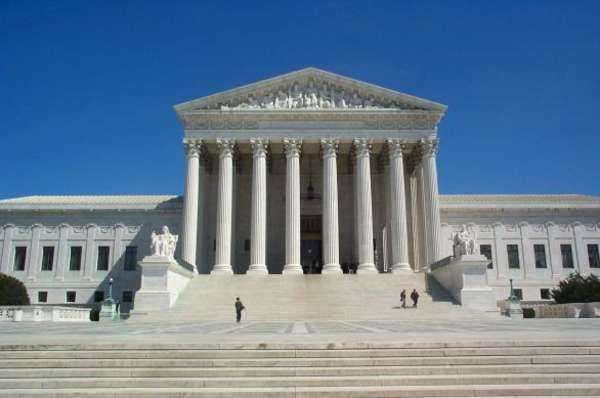

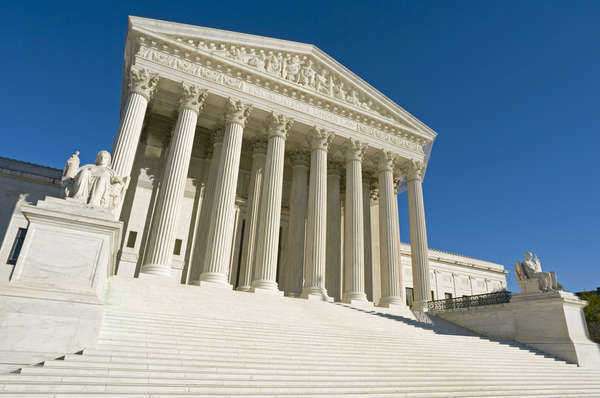
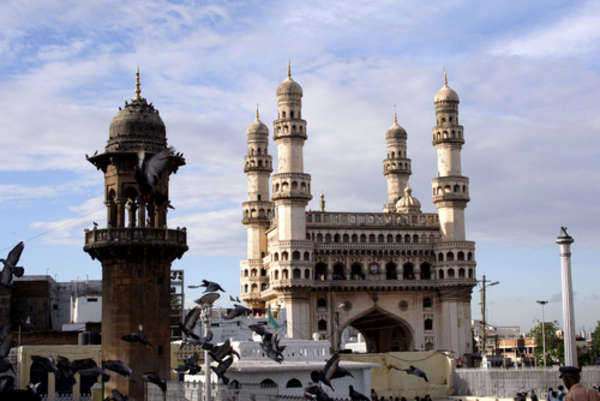


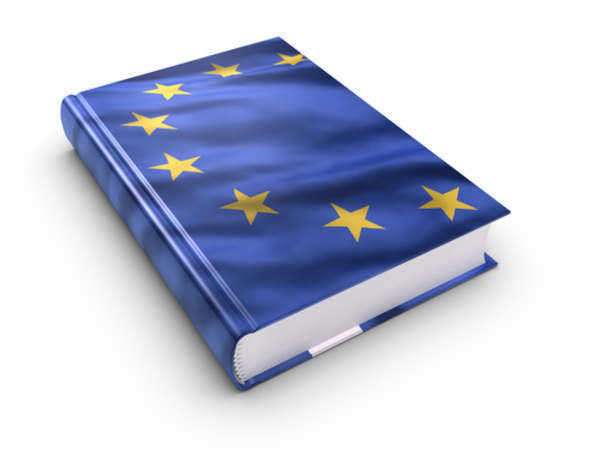



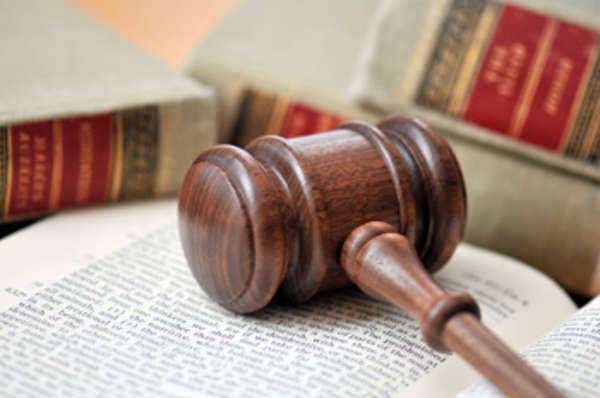
Acts of Parliament are the statutes or acts instituted by a parliamentary system. They are, in other words, the laws of parliament. Acts of Parliament can be used as a term to describe the overall legislation in place for a particular parliamentary system, or a single piece of law can be described as an act of Parliament. The exact system for passing acts of Parliament through the system will depend on the rules of the parliamentary system in question, as acts of parliament in the Australian Parliament may be passed into effect differently than the acts of parliament in the United Kingdom Parliament. Acts of Parliament which have not been passed into law yet, and which have only been proposed, are considered to be bills, not acts, as they are only called acts of Parliament once they are passed into effect.
In the United Kingdom system of Parliament, as an example, acts of Parliament are considered public acts of Parliament or private acts of Parliament. Private acts of Parliament are very specific and focused in their purview and effect, while public acts of Parliament affect the United Kingdom, or member countries, as a whole. Acts of Parliament in the United Kingdom Parliament system begin in one of the two houses of the bicameral Parliament, either the House of Lords or the House of Commons. Once they begin in that House, they are several times read, considered, and debated, until eventually they are voted on by the House, and if passed, they are sent to the other House of the Parliament for approval by that House, followed by Royal Assent, at which point they are passed as acts of Parliament.